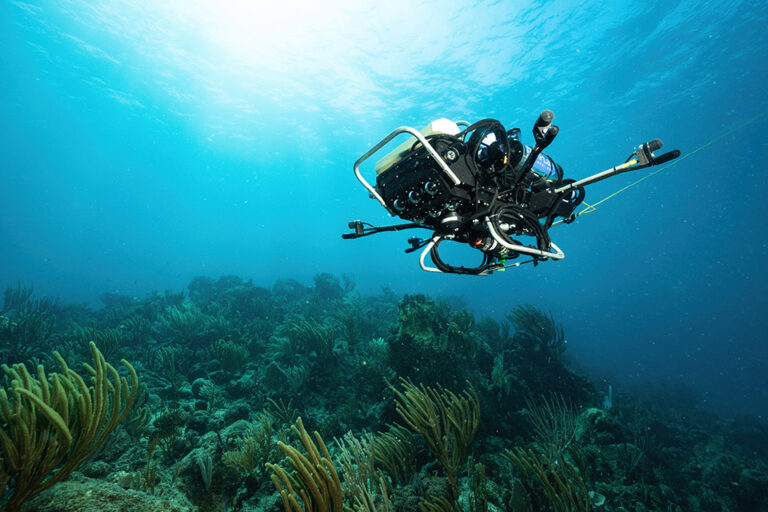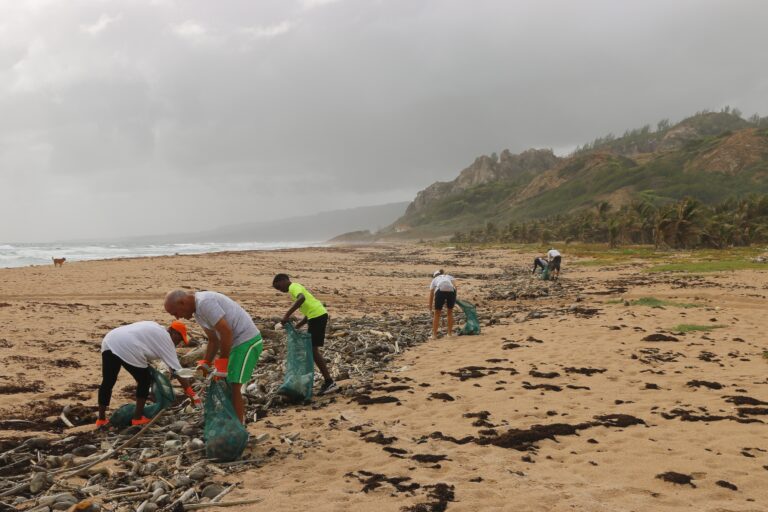A carbon sink is a natural or artificial reservoir that absorbs and stores carbon dioxide (CO2) from the atmosphere. The process by which carbon sinks remove CO2 from the atmosphere is known as carbon sequestration. Carbon sinks play a crucial role in regulating the Earth’s climate by mitigating the impacts of greenhouse gas emissions, which are the primary driver of global warming.
There are two types of carbon sinks: natural and artificial. Natural carbon sinks include oceans, forests, and wetlands, while artificial carbon sinks include carbon capture and storage (CCS) systems and afforestation projects.
Forests, for example, act as carbon sinks by absorbing CO2 through the process of photosynthesis. Trees and other vegetation use energy from the sun to convert CO2 and water into oxygen and sugar, which is used for growth and reproduction. In this way, forests can remove large amounts of CO2 from the atmosphere and store it in the form of biomass.
Wetlands, like mangroves, marshes, and peatlands, also act as carbon sinks by storing large amounts of carbon in their soils. In these ecosystems, dead plant material accumulates in the soil and is broken down by microorganisms, releasing CO2 in the process. However, the microorganisms also consume some of the CO2, effectively removing it from the atmosphere and storing it in the soil.
Oceans also act as carbon sinks by absorbing CO2 through a process known as ocean acidification. When CO2 dissolves in seawater, it forms carbonic acid, which can increase the acidity of the ocean. This acidity change can have negative impacts on marine life, but it also effectively removes CO2 from the atmosphere and stores it in the ocean.
Artificial carbon sinks, on the other hand, are man-made systems designed to remove CO2 from the atmosphere. One example of an artificial carbon sink is carbon capture and storage (CCS). CCS systems capture CO2 emitted from power plants and other industrial sources, and then transport it to a storage site, such as deep underground geological formations or depleted oil and gas fields. In this way, CCS systems can effectively remove CO2 from the atmosphere and store it for long periods of time.
Another example of an artificial carbon sink is afforestation projects. Afforestation refers to the planting of trees in an area where there was previously no forest. These projects can be used to create new carbon sinks and to offset carbon emissions by absorbing CO2 through photosynthesis.
Carbon sinks are an important tool in the fight against climate change. They can effectively remove CO2 from the atmosphere and store it for long periods of time, thus mitigating the impacts of greenhouse gas emissions. However, it is important to note that carbon sinks alone are not enough to address the problem of climate change. Reducing greenhouse gas emissions at the source is also crucial in order to slow the rate of global warming.
In addition, it’s important to note that, while natural carbon sinks like forests, wetlands, and oceans can be incredibly effective at removing CO2 from the atmosphere, they are also vulnerable to destruction and degradation. Deforestation, wetland destruction, and ocean acidification can all release stored carbon back into the atmosphere, negating the benefits of these carbon sinks. Therefore, it’s essential to protect and preserve these ecosystems in order to maintain their effectiveness as carbon sinks.
In conclusion, carbon sinks are natural or artificial reservoirs that absorb and store carbon dioxide from the atmosphere, helping to mitigate the impacts of greenhouse gas emissions. While natural carbon sinks like forests, wetlands, and oceans are effective at removing CO2, they are also vulnerable to destruction. Combining carbon sinks with reducing emissions at source and protecting natural carbon sinks






